Flea beetles are notorious for wreaking havoc in gardens, turning once-healthy leaves into lace-like remnants. As garden enthusiasts seek how to get rid of flea beetles, it’s crucial to employ a strategy that not only eliminates the current threat but also prevents their return.
Understanding the enemy is the first step. These tiny, jumping insects are more than just a nuisance; they are a plant’s nightmare, especially for young seedlings. In this guide, we’ll explore top tips for deterring these pests from your yard and ensuring your greens remain healthy and vibrant.
How to kill and prevent flea beetles in your garden
Effective flea beetle management starts with a combination of killing existing beetles and implementing preventative measures. Natural methods for controlling flea beetle populations include introducing beneficial insects that prey on them or using botanical insecticides like neem oil.
Top tips for deterring flea beetles in your garden consist of cultural practices such as crop rotation and maintaining clean garden beds. Physical barriers like row covers can also prevent flea beetles from reaching your plants.
When natural options are not enough, best practices for preventing flea beetle infestations may involve chemical treatments. Choosing the right insecticide and applying it at optimal times can stop flea beetles from damaging your plants.
What are flea beetles?
Flea beetles are a gardener’s foe, small yet destructive, known for their ability to jump like fleas when disturbed. They belong to the leaf beetle family and are characterized by their shiny, hard body and oversized hind legs.
The damage caused by flea beetles is easy to spot; they leave tiny holes or pitted areas on leaves, which can stunt the growth of young plants or reduce the vigor of more mature plants.
Identifying flea beetle species is crucial as different types focus on different plants, with some preferring nightshades like eggplants and others favoring cruciferous vegetables.
What are flea beetles attracted to?
- Flea beetles are primarily attracted to plants in the brassica family, such as cabbages, kale, and broccoli.
- They also favor certain solanaceous crops like tomatoes and eggplants.
- Their presence is often indicated by their signature feeding pattern, the shothole effect, on leaves.
To deter these pests, it’s essential to understand what lures them to your garden. Effective strategies include removing plant debris and weeds that may harbor them.
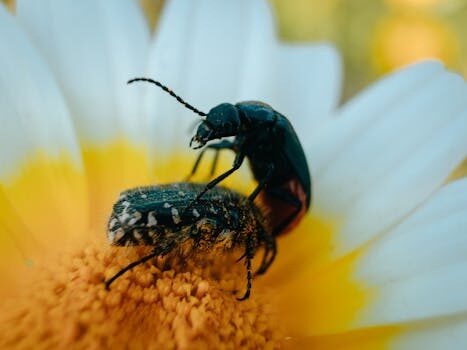
How to prevent flea beetles?
Prevention is often more effective than treatment when it comes to flea beetles. Best practices for preventing flea beetle infestations include crop rotation, using reflective mulch to confuse and disorient the beetles, and planting after peak emergence times.
Maintaining a clean garden and removing plant debris can also eliminate overwintering habitats for flea beetles.
Implementing trap crops, such as radishes, can lure flea beetles away from your main crops, protecting them from damage.
How to get rid of flea beetles naturally?
There are numerous ways to control flea beetles without resorting to harsh chemicals. Natural predators, such as ladybugs and lacewings, can help keep flea beetle populations in check.
Organic options like diatomaceous earth can be sprinkled around the base of plants to deter and kill flea beetles.
Neem oil and homemade garlic or chili pepper sprays have shown effectiveness in repelling these pests. Ensure a consistent application for the best results.
Flea beetle chemical control: what you need to know
When natural methods are insufficient, chemical control may be necessary. However, it’s important to choose insecticides that are effective specifically against flea beetles and to follow all safety precautions.
Systemic insecticides can provide longer-lasting protection but may also impact beneficial insects. Always read and adhere to the label instructions when using any chemical treatments.
Spot treatments with contact insecticides can provide immediate relief if flea beetle damage is localized.
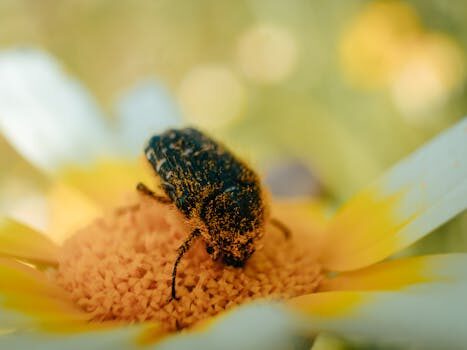
Will soapy water kill flea beetles?
Soapy water can be a simple yet effective way to kill flea beetles on contact. The soap disrupts the insects’ cell membranes, leading to dehydration and death.
This method is best used for small infestations and should be applied directly to the beetles. Regular reapplication may be needed as it does not provide residual control.
Best insecticide for flea beetles: which one to choose?
Choosing the best insecticide for flea beetles depends on several factors, including the level of infestation, the plants affected, and the gardener’s preference for organic or chemical solutions.
Botanical insecticides such as pyrethrin can offer a middle ground, providing effectiveness without the long-lasting impact of synthetic chemicals.
For immediate results, a contact insecticide like carbaryl can be applied, but it should be used with caution due to its broad-spectrum nature.
Are flea beetles harmful to humans?
Fortunately, flea beetles do not pose a direct threat to humans. They are not known to bite or transmit diseases. However, they can cause significant damage to crops, which may indirectly affect food supply and quality.
The primary concern with flea beetles is their potential to spread plant diseases as they feed on multiple plants.
Identifying flea beetles in the garden: a complete guide
Proper identification is key to controlling flea beetles effectively. Adult beetles are typically small and dark, with a distinctive jumping ability.
Look for the characteristic feeding pattern on leaves, and inspect your plants regularly, especially during the early growing season.
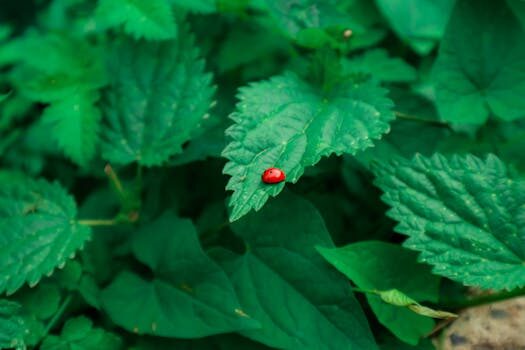
Understanding the life cycle of flea beetles can also aid in timing control measures for maximum effect.
Here’s a helpful video that illustrates how to manage flea beetles in your garden:
Related Questions About Flea Beetle Management
What are flea beetles?
Flea beetles are small, jumping insects that feed on the leaves of various plants, causing significant damage. They are known for their ability to jump like fleas, a defense mechanism that makes them difficult to catch.
There are several species, each with preferences for specific plants, and they can be particularly harmful to young seedlings and tender foliage.
How to prevent flea beetles?
To prevent flea beetles, it’s important to adopt a holistic garden management approach. This includes practicing crop rotation, cleaning up garden debris, and using floating row covers to protect plants.
Encouraging natural predators and using organic repellents like neem oil can also contribute to a flea beetle-free garden.
What are flea beetles attracted to?
Flea beetles are attracted to certain plant families, primarily brassicas and solanaceous crops. Their feeding can leave characteristic “shotholes” in the leaves, which can stunt plant growth and reduce yields.
Reducing their preferred habitats and using strategic plantings can dissuade flea beetles from targeting your garden.
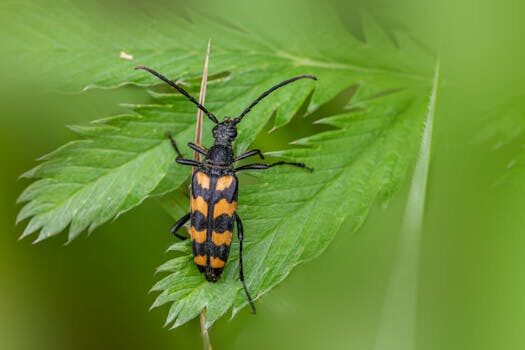
Will soapy water kill flea beetles?
Soapy water has been shown to be effective in killing flea beetles on contact. This method works best for small populations and requires direct application to the insects.
Repeated treatments may be necessary, as soapy water does not provide lasting protection against new invaders.
Best insecticide for flea beetles?
The best insecticide for flea beetles will depend on the specific circumstances in your garden. For those seeking quick results, products containing pyrethrin or spinosad may be effective. However, it’s vital to consider the potential impact on beneficial insects and the environment before making a selection.
Always choose a product labeled for flea beetle control and follow the application instructions carefully to ensure safety and effectiveness.
Implementing the right combination of identification, natural and chemical control methods, and proactive strategies can ensure your garden remains a no-fly zone for flea beetles. Remember to monitor regularly and be vigilant in your efforts to protect your precious plants from these pesky intruders.
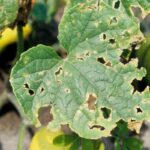 Cucumber diseases and pests: 5 common issues and how to resolve them
Cucumber diseases and pests: 5 common issues and how to resolve them
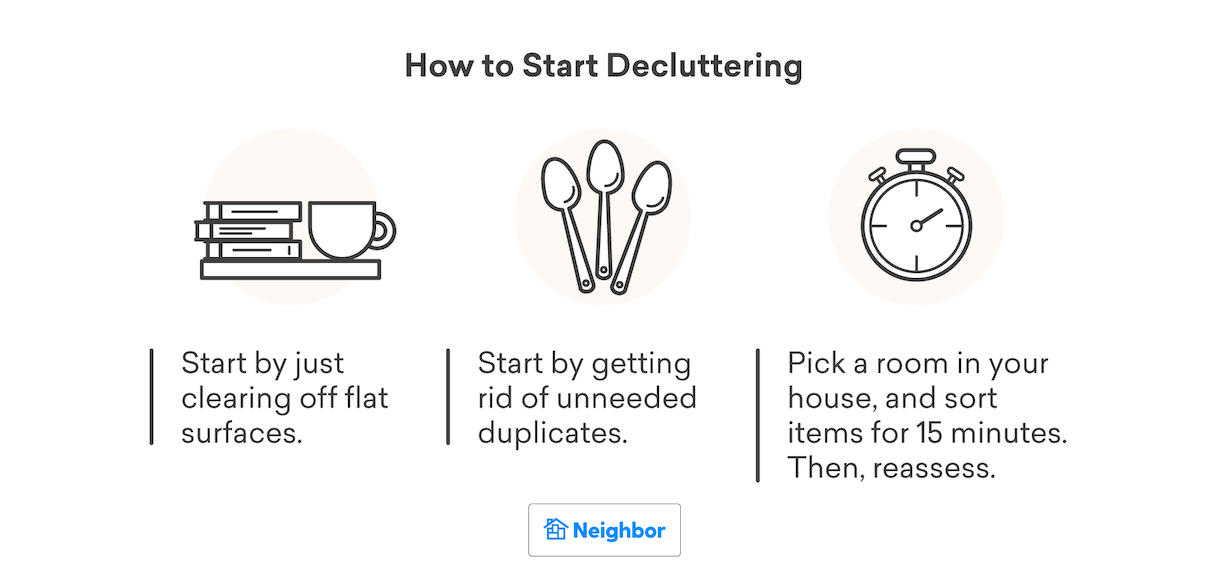
Thanks for sharing these practical tips! It’s super helpful to have a comprehensive guide on dealing with flea beetles, especially when trying to maintain a healthy garden without resorting to harsh chemicals. I love that you included natural solutions like introducing beneficial insects and using neem oil. Definitely going to try out some of these methods this season. Keep the gardening advice coming!